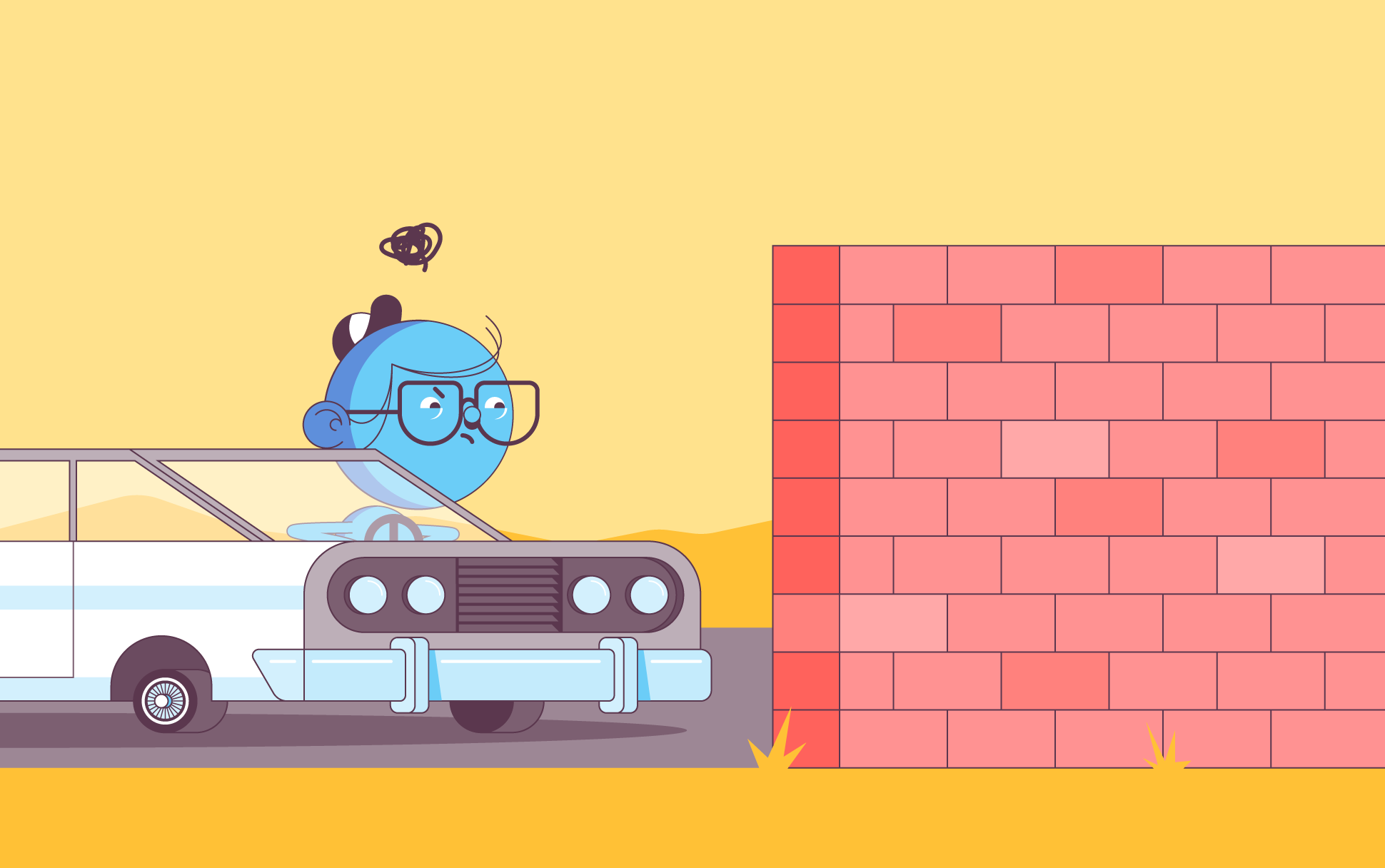
Anyone with a computer or digital device has probably heard the term firewall before, even if they don’t quite understand what it is or what they do. It’s sort of a pity because firewalls play a massive role in cybersecurity across myriad types of devices and networks. Behind every secure website, network, or device is an excellent firewall. They should be celebrated more!
That’s why in this article, we’ll be discussing what a firewall is and the different types of firewalls available. Ultimately, you should come away with a better understanding of how firewalls work and why they’re so important.
Let’s begin!
A network necessity
A firewall is a security system that monitors incoming and outgoing network traffic or data packets, blocking and allowing certain traffic types based on specific, predefined security rules. It filters and manages this traffic via a figurative barrier or wall (hence the name “firewall”) that assesses all traffic or data before entering a network or a device.
Simply put, a firewall allows good traffic to enter while keeping malicious traffic out. In practice, this can protect websites from attacks and computers from downloading malware.
Using the internet without a firewall is like having a thriving business without hiring an accountant to keep track of financials.
It would be remiss not to point out in an article about firewalls that they aren’t always used for good. Several governments worldwide implement countrywide firewalls to block foreign websites that may expose citizens to unwanted ideas and ideologies and reduce the success of international companies. The most notorious of these is The Great Firewall of China.
A less extreme version is how some school and office environments may also enable a firewall to block certain types of websites, typically to minimize distraction and access to less-than-appropriate sites.
The different categories of firewalls
There are three main types of firewalls: software, hardware, and cloud, all of which can be broken down into different categories.
A hardware firewall is an external physical device that’s usually focused on protecting network traffic. The most common example might be unexpected — your home’s wireless router. Not only does it provide you with Internet, but a wireless router also protects your entire home network, filtering the kind of traffic that is and isn’t permitted. This is also why you should change the default ID and password for the device for added security. However, using one physical device alone as a firewall isn’t enough and should be supplemented with a software firewall.
A software firewall is an internal program installed locally on a digital device, such as a laptop or server. Windows and Mac computers generally come with a firewall pre-installed. Cloud firewalls, meanwhile, are virtual firewalls hosted on the cloud.
Common firewall types
Now let’s take a look at some of the most commonly used types of firewall.
Proxy-based firewalls
This kind of firewall uses a proxy (a computer serving as a gateway between a local network and a larger one) to prevent direct contact between a client and a server. When a client attempts to connect to a server, its proxy will first inspect the data intending to be sent to see if everything is safe before delivering it to the recipient.
Packet-filtering firewalls
The most basic firewall protection intended for small networks, packet-filtering firewalls can block network traffic based on IP addresses, protocols, and port numbers. However, it can’t block malicious web traffic, which may leave networks vulnerable.
Stateful Firewalls
A stateful firewall blocks and allows traffic based on data it has saved from previous connections.
Next-generation firewalls
More sophisticated than the previously mentioned firewalls, next-generation firewalls have the capabilities of traditional firewalls while also implementing higher levels of security. This can include performing more in-depth data inspection, application and identity awareness, and detecting malware.
Web application firewalls
Web application firewalls or WAFs protect web applications rather than networks or devices. Enabling a WAF can protect web applications from attacks like SQL injections and cross-site forgery.
Wrap up
A firewall is necessary to prevent unwanted traffic from accessing your digital device, computer network, web applications, cloud computing, and more. That said, like with most elements of cybersecurity, it should be used in conjunction with other security essentials and not as your only source of protection. Be sure to also use a good anti-virus, keep all your software applications up-to-date, and secure your site with an SSL.

Cora is a digital copywriter for SSLs.com. Having eight years of experience in online content creation, she is a versatile writer with an interest in a wide variety of topics, ranging from technology to marketing.